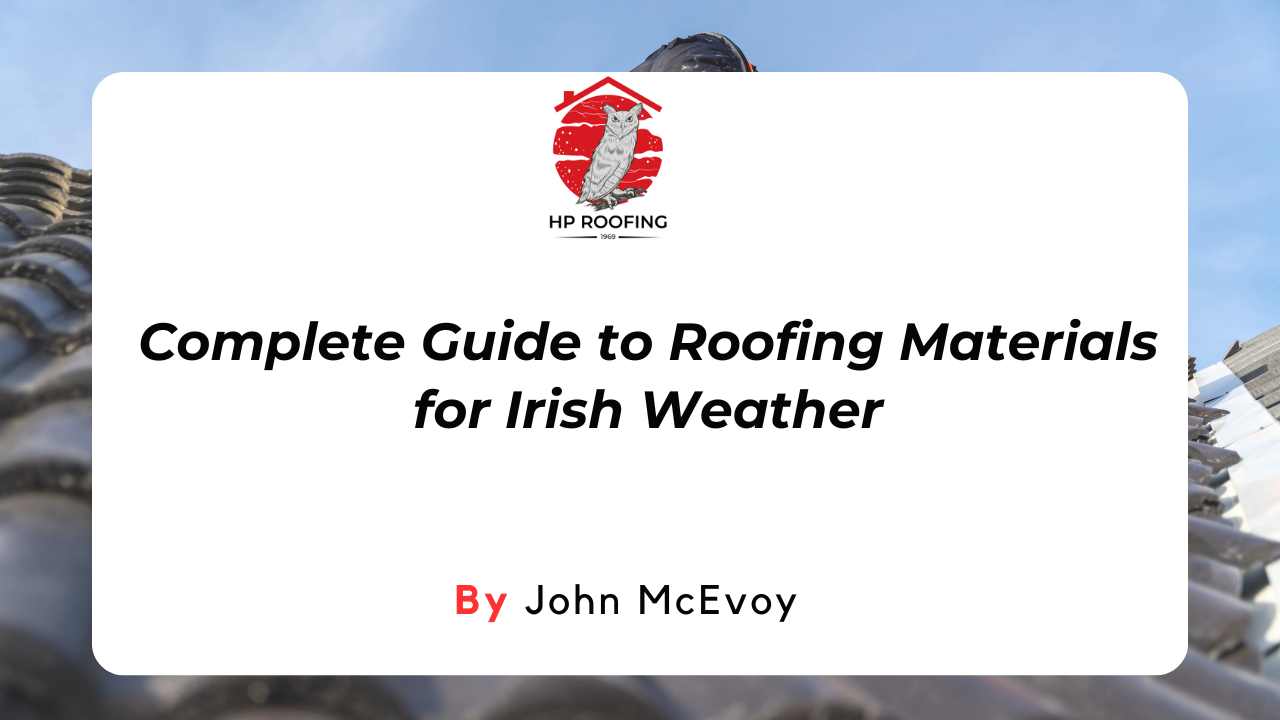Have you ever experienced a roof leak in your home or business? If so, you know how frustrating and costly it can be. A roof leak can cause damage to your property, increase your energy bills, and pose a health risk to you and your family. Not to mention, it can ruin your peace of mind and comfort.
But what can you do if you discover a roof leak and you can’t get a professional roofer to fix it right away? Is there a way to stop a roof leak temporarily until you can get a permanent solution? The answer is yes. There are some steps you can take to prevent further damage and protect your property from water intrusion.
This blog post will show you how to stop a roof leak temporarily using some common tools and materials that you may already have at home.
What Causes Roof Leaks?
Before we get into how to stop a roof leak temporarily, let’s first understand what causes roof leaks in the first place. Various factors can cause roof leaks, such as:
Age and Damage
As time passes, your roof may become worse due to being subjected to the elements, such as sun, rain, wind, snow, and hail. This can cause cracks, holes, or gaps in your roof, allowing water to seep through.
Poor installation
If your roof was not installed properly, it may not have the right slope, flashing, or ventilation. This can lead to water pooling, leaking, or condensing on your roof, causing damage and rot.
Damage
Your roof may suffer damage from external forces, such as falling branches, animals, or broken material. This can create punctures, or dents, in your roof, compromising its integrity and performance.
Missing or damaged roof tiles
Tiles are the outer layer of your roof that protects it from water and weather. If your tiles are missing, broken, or curled, they may not provide proper coverage and protection for your roof, leaving it at risk of leaks.
Blocked gutters
Gutters are designed to collect and divert rainwater away from your roof. However, if your gutters are blocked with leaves, dirt, or broken material, they may overflow, causing water to leak over or under your roof, resulting in leaks.
How to Identify a Roof Leak?
The first step to temporarily stopping a roof leak is to identify where the leak is coming from. This can be tricky, as water can travel along pipes and wires before dripping down to your ceiling or walls. Therefore, you need to inspect your roof carefully and look for signs of water damage, such as:
Stains or colour changes
If you notice brown, yellow, or black stains or spots on your ceiling, walls, or floors, it may indicate a roof leak. These stains are caused by water soaking into the drywall, plaster, or wood and leaving behind dirt or mould.
Swelling or drooping
If you see swelling or drooping areas on your ceiling or walls, it may mean that water has accumulated behind them, causing them to swell or deform. This can also pose a risk of collapse or injury, so you should act quickly to fix the leak.
Mould or fungus
If you smell a musty or damp odour in your home, or if you see mould or mildew growth on your ceiling, walls, or floors, it may indicate a roof leak. Mould and fungus grow in moist and dark environments and can cause health problems such as allergies, asthma, or infections.
Dripping or leaking
If you hear dripping or leaking sounds coming from your ceiling or walls, it may mean that water is leaking from your roof. You may also see water droplets or streams on your ceiling, walls, or windows.
Once you have identified the source of the leak, you can proceed to stop it temporarily until you can get a professional roofer to fix it permanently.
How to Stop a Roof Leak Temporarily?
There are different ways to stop a roof leak temporarily, depending on the leak's type and size. Here are some of the most common methods:
Use a bucket or container
The simplest way to stop a roof leak temporarily is to use a bucket, container, or pan to catch the dripping water. This will prevent the water from damaging your floor, furniture, or belongings. You can also place a towel or cloth under the bucket to absorb any water drops. Make sure to empty the bucket regularly and check for any overflow.
Use a tarp or plastic sheet
Another way to stop a roof leak temporarily is to use a tarp, plastic sheet, or waterproof material to cover the leaking area on your roof. This acts as a shield, directing the water away from the leak. Secure the tarp to the roof with nails, screws, or weights, ensuring the edges overlap and there is enough looseness to allow water to drain.
Use roofing cement or sealant
If you have access to your roof and the leak is small or isolated, you can use roofing cement or sealant to patch the leak. This sticky, waterproof material fills cracks and gaps, sealing the leak. Use a scraper to apply it, covering the leak entirely and smoothing out any bumps. It can also fix or replace damaged tiles, flashings, or vents.
Use roofing tape or patches
Another option to stop a roof leak temporarily is to use roofing tape or patches. These self-adhesive, waterproof materials can be cut to size and pressed onto the roof over the leak. Ensure they are firmly attached, with no air bubbles and overlapping edges, for a secure seal. Roofing tape or patches can also be used to strengthen or mend other worn-out roof parts.
Conclusion
To sum up, if you're dealing with a leaky roof in your home or business, it's important to handle it quickly. Anything, like age, bad installation, or damage, can cause roof leaks. They need to be fixed right away to prevent more damage to your place and health risks. To temporarily manage a roof leak, you can catch dripping water with buckets, cover leaks with tarps, or use special roof glue or sticky patches.
These are short-term fixes to protect your property until you can get professional help. If you have a leaky roof, don't wait. Get in touch with HP Roofing for skilled, reliable roofing services that will keep your home or business safe and dry.
















